
The turkey is deeply rooted in American heritage. William Bradford mentioned that the pilgrims had “great stores” of wild turkey, but whether or not they were eaten at the first Thanksgiving is speculation.
In the late 17th century, the English brought the European-bred and domesticated turkey to North America, and it became synonymous with the Thanksgiving tradition. As America expanded west, Thanksgiving became a national holiday.
The 1930s
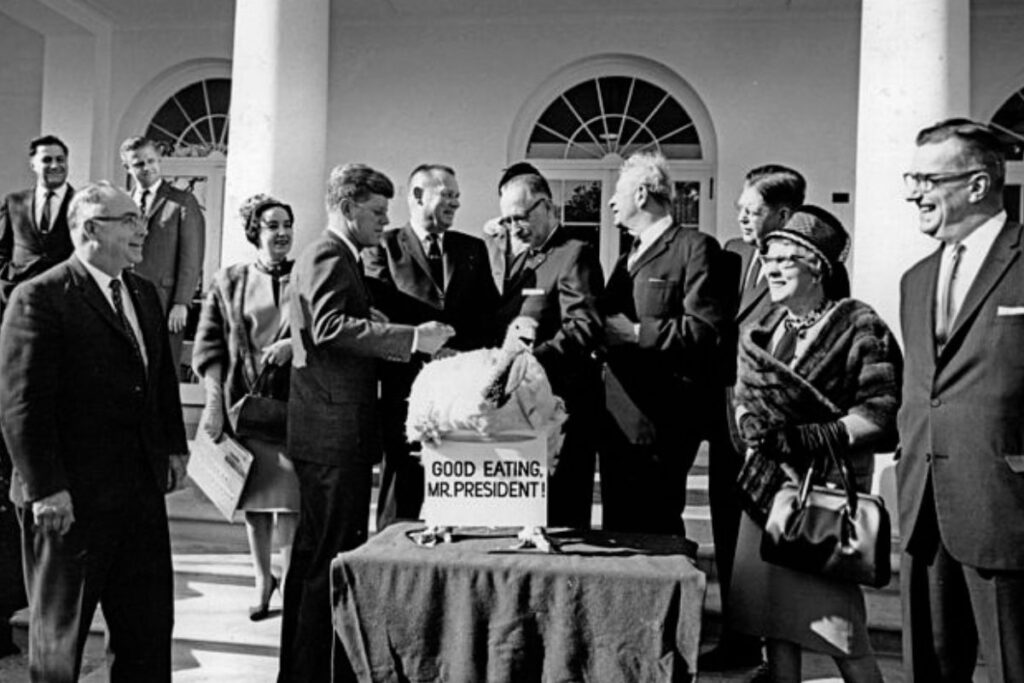
Fast-forward to the 1930s, and having the domesticated turkey on Thanksgiving was a long-established tradition. However, the bird still looked similar to the one eaten in large quantities for the holiday 70 years prior. That was going to change.
Looking For Ways To Grow The Turkey

Turkeys used for Thanksgiving in the 1930s weighed an average of 13 pounds. That doesn’t sound anything like the modern-day behemoths we buy from our grocery stores today. That’s because farmers started looking for ways to grow turkeys in the 1940s.
Selective Breeding

In the 1940s, with the huge demand for turkey every Thanksgiving, farmers decided to try to get more out of the birds. They started selectively breeding the turkeys that were the largest and yielded the biggest breasts when slaughtered. This had implications for the turkey as it transformed rapidly.
Continue To Grow
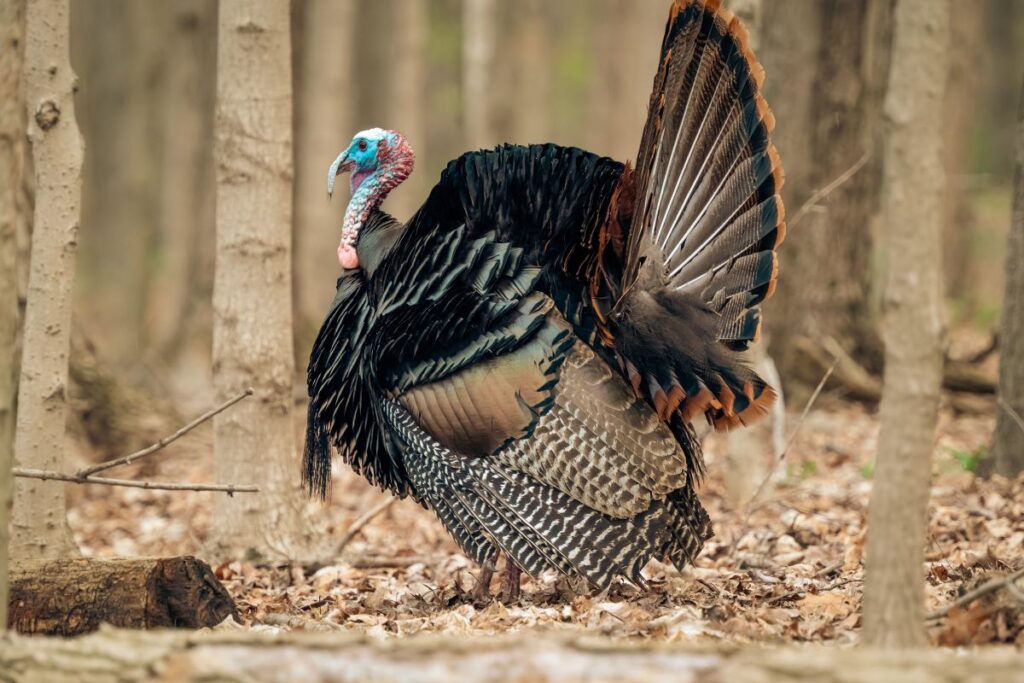
By the 1960s, a typical turkey before Thanksgiving weighed 17.5 pounds. This was no where near what it was today, but it was still nearly a thirty percent increase over its predecessors from the 1930s. However, the turkey would only continue to grow as the practice was adopted everywhere.
Demand Only Increases
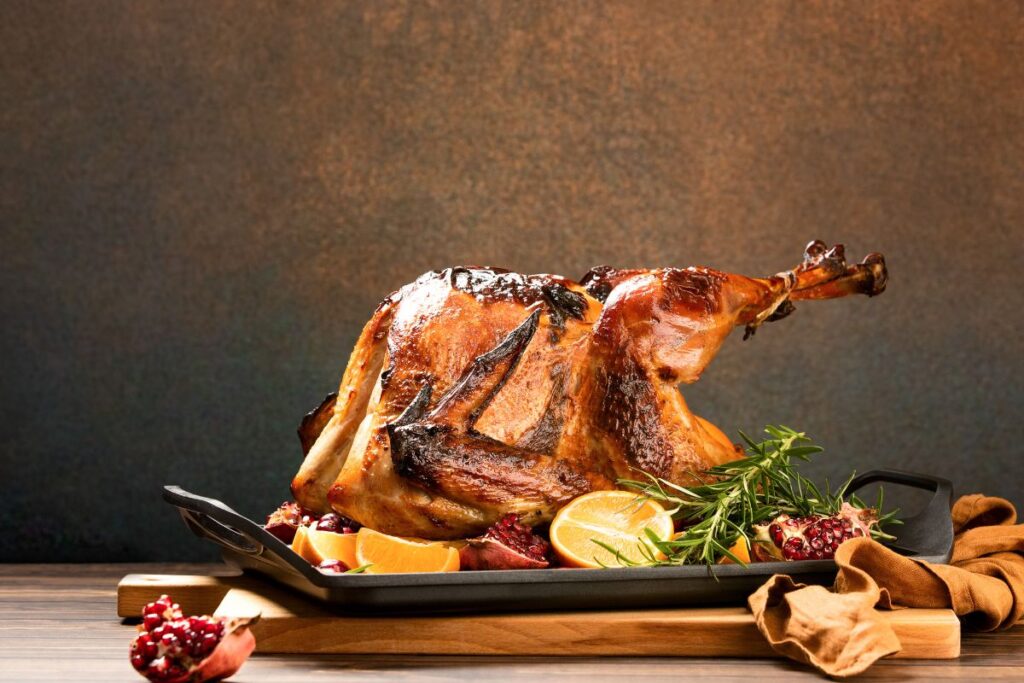
The demand for turkey, as it became deeply rooted in modern American tradition, would only skyrocket through the decades. From 1970 to 2014, the demand for turkey more than doubled, along with its weight.
Rapid Weight Gain
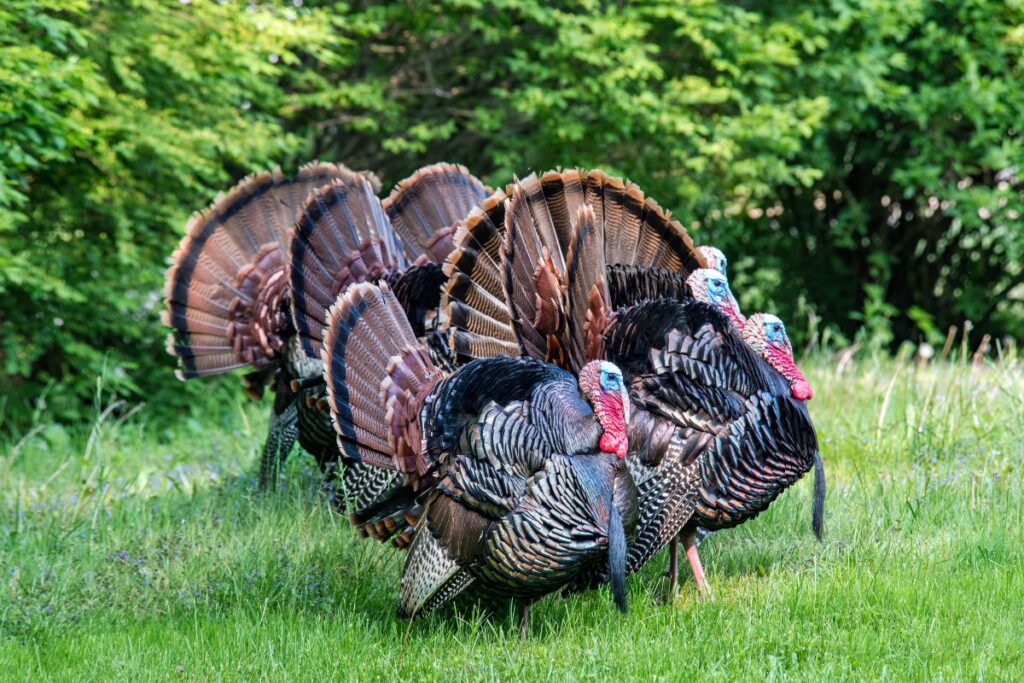
Suzanne McMillan, a representative for the American Society for the Prevention of Cruelty to Animals, told Mother Jones, “The birds grew so fast that their frames could not support their weight, and as a result, many turkeys were bowlegged and could no longer stand upright.”
Other Implications
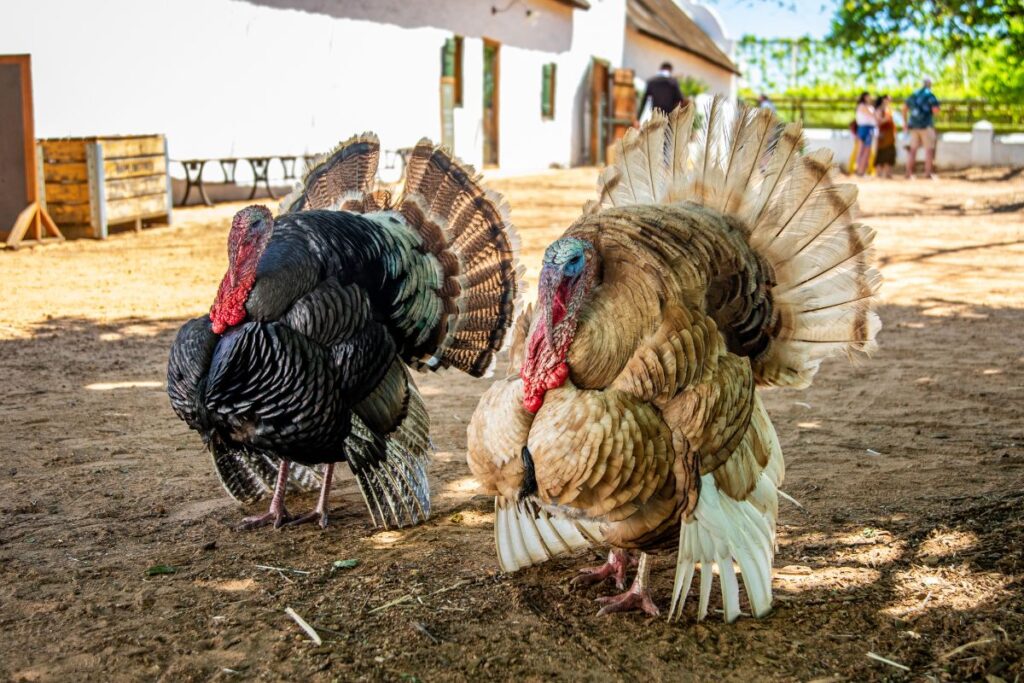
The rapid weight gain had other implications for the turkey. The bird can barely lift itself off the ground now, as its wings haven’t grown to compensate for its massive size. Ten years ago, the average weight of a turkey was almost 30 pounds, more than double that of the 1930s.
Antibiotics

Because of the growth of the turkey farming industry, more crowded conditions mean that turkeys can get infections. To combat this, farmers give the turkeys antibiotics. This works, but it could also explain why many bugs are now more resistant to modern medicines.
A Different Bird
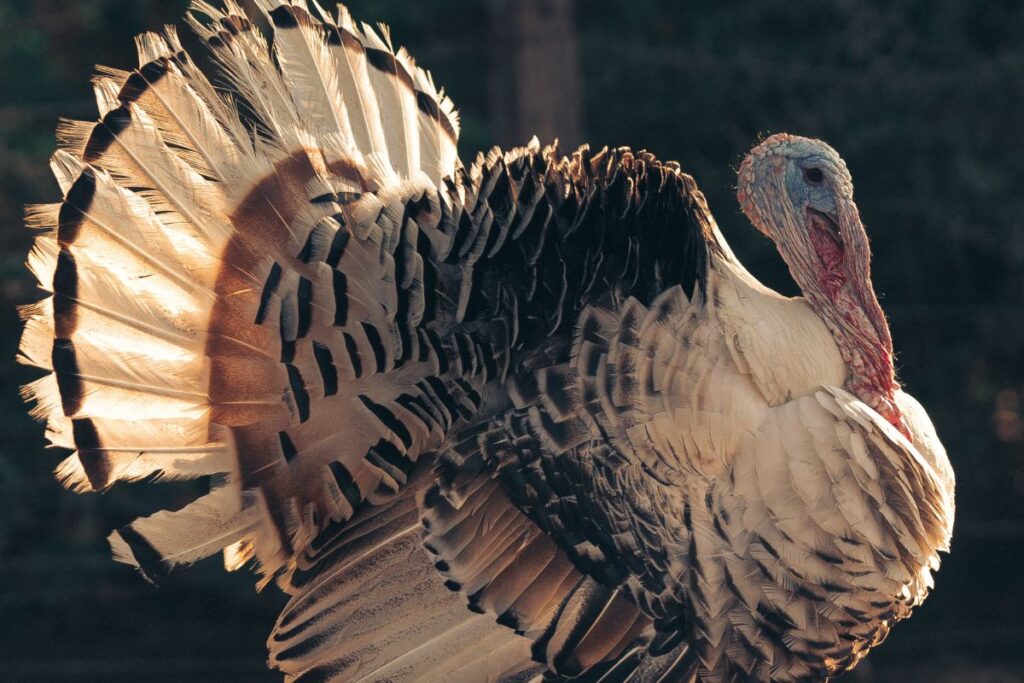
With how rapid turkey production is, it’s anyone’s guess as to when it will taper out. In 2014, slaughterhouses killed 155 turkeys a minute. This only shows that the demand for Turkey is always trying to be met.
Source:
Turkeys have gotten ridiculously large since the 1940s
Stay connected with us for more stories like this! Follow us to get the latest updates or hit the Follow button at the top of this article, and let us know what you think by leaving your feedback below. We’d love to hear from you!







